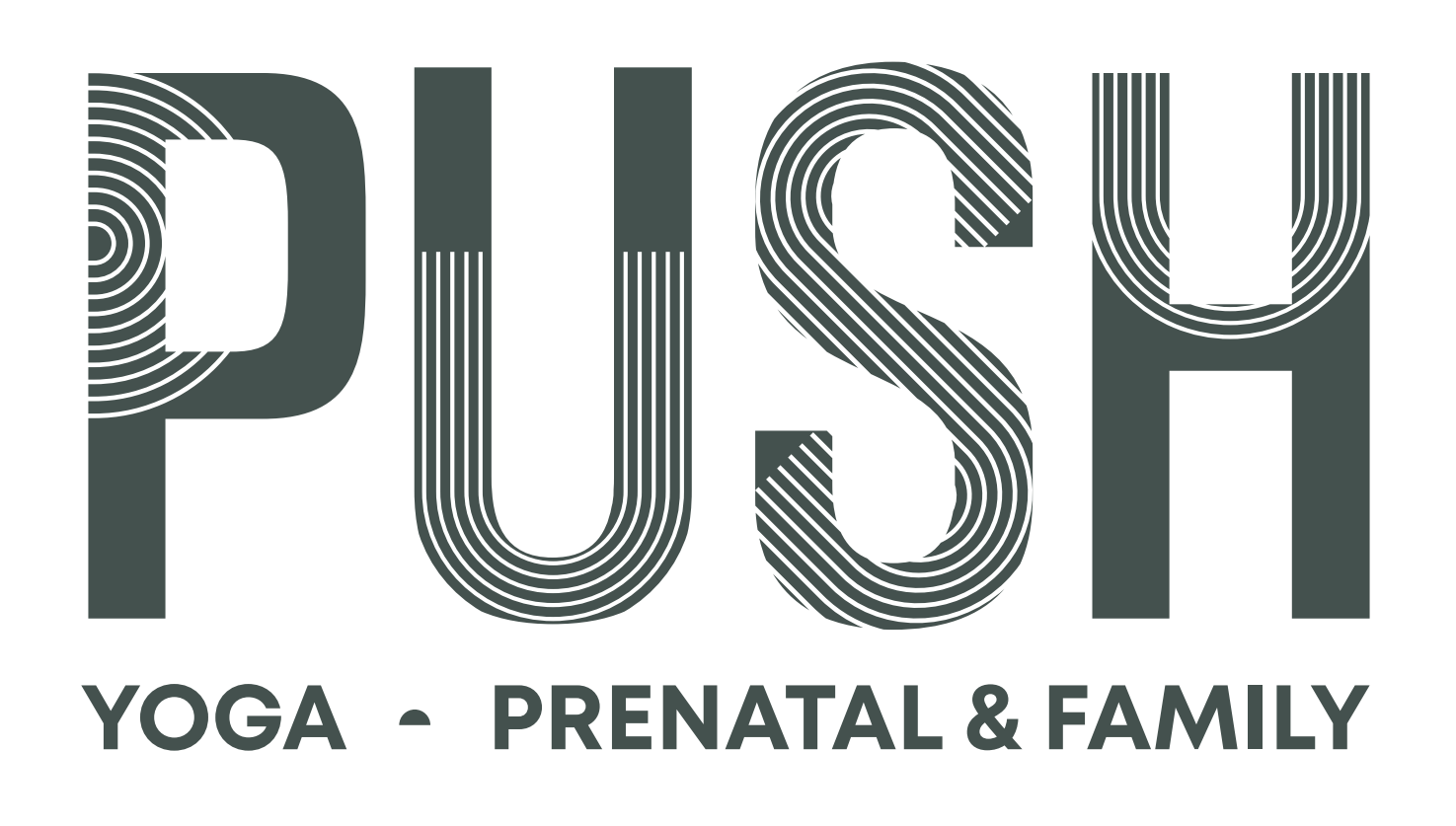Prenatal yoga is a popular form of exercise for expectant mothers, offering a multitude of physical and mental benefits throughout pregnancy. However, many women wonder if it’s safe to start prenatal yoga in the third trimester, as they may have concerns about their changing bodies and the potential risks involved. In this blog post, we’ll explore the benefits of prenatal yoga, considerations for starting in the third trimester, and tips for a safe and enjoyable practice.
Benefits of Prenatal Yoga:
Before diving into whether it’s safe to start prenatal yoga in the third trimester, let’s first explore the numerous benefits it offers for expectant mothers:
- Gentle Exercise: Prenatal yoga provides a gentle yet effective form of exercise that helps improve flexibility, strength, and circulation, all of which are essential for a healthy pregnancy and childbirth.
- Stress Relief: Pregnancy can be a stressful time, but prenatal yoga offers a sanctuary for relaxation and stress relief. Through mindful breathing and meditation techniques, expectant mothers can find peace and tranquility amidst the chaos of pregnancy.
- Pelvic Floor: Prenatal yoga includes exercises specifically designed to strengthen or relax the pelvic floor muscles, which play a crucial role in supporting the uterus, bladder, and bowels during pregnancy and childbirth.
- Preparation for Labor: Many prenatal yoga poses and breathing techniques are designed to help prepare the body and mind for labor and delivery. By practicing these techniques regularly, expectant mothers can build confidence and resilience for the birthing process.
Starting Prenatal Yoga in the Third Trimester:
Now, let’s address the question at hand: is it safe to start prenatal yoga in the third trimester? While it’s generally safe for most pregnant women to begin prenatal yoga at any stage of pregnancy, including the third trimester, there are a few considerations to keep in mind:
- Consult with Your Healthcare Provider: Before starting any new exercise program during pregnancy, it’s essential to consult with your healthcare provider. They can provide personalized guidance based on your individual health status and pregnancy.
- Listen to Your Body: As your pregnancy progresses, your body will undergo significant changes, and you may experience discomfort or fatigue more easily. Listen to your body’s cues and modify or skip poses as needed to ensure your comfort and safety.
- Choose a Qualified Instructor: When starting prenatal yoga in the third trimester, it’s crucial to choose a qualified instructor who has experience working with pregnant women. They can provide guidance on appropriate modifications and adjustments to accommodate your changing body.
- Focus on Gentle Poses: In the third trimester, it’s best to focus on gentle, restorative poses that support relaxation and comfort. Avoid deep twists, backbends, and intense abdominal exercises that may strain the uterus or pelvic floor.
In conclusion, prenatal yoga can be a safe and beneficial form of exercise for expectant mothers, even when starting in the third trimester. By practicing gentle yoga poses, mindful breathing, and meditation techniques, pregnant women can experience improved physical and mental well-being throughout pregnancy and prepare their bodies for childbirth. Remember to consult with your healthcare provider, listen to your body, and choose a qualified instructor to ensure a safe and enjoyable prenatal yoga practice. #PrenatalYoga #ThirdTrimester #PregnancyFitness



